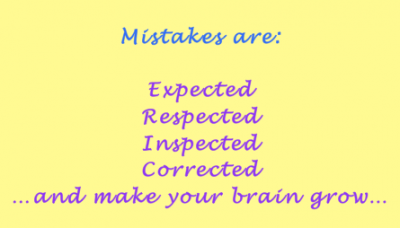Dear Colleagues, Friends, & Supporters,
In this month's blogs, Volker and Chrissi describe how they taught for the first time Algebraic Geometry using student readings and presentations. In this context we also contemplate how to adjust our rubrics so that mistakes are being valued more.
This summer, we continue to think deeply about how to facilitate IBL workshops best -- depending on audiences, levels and specific goals. While three long IBL workshops are happening this summer, Chrissi is facilitating short IBL workshops in Germany, and we are getting ready for several IBL workshops in the US in the fall.
We hope you are enjoying your summer! Sincerely,
Julian Fleron, Phil Hotchkiss, Volker Ecke, & Christine von Renesse.
p.s. In case you have missed it: our website now allows faculty to create a free account and access teacher materials to some of our books. We are working on completing the teacher materials for all the books. Please have a look and tell us what you think.


